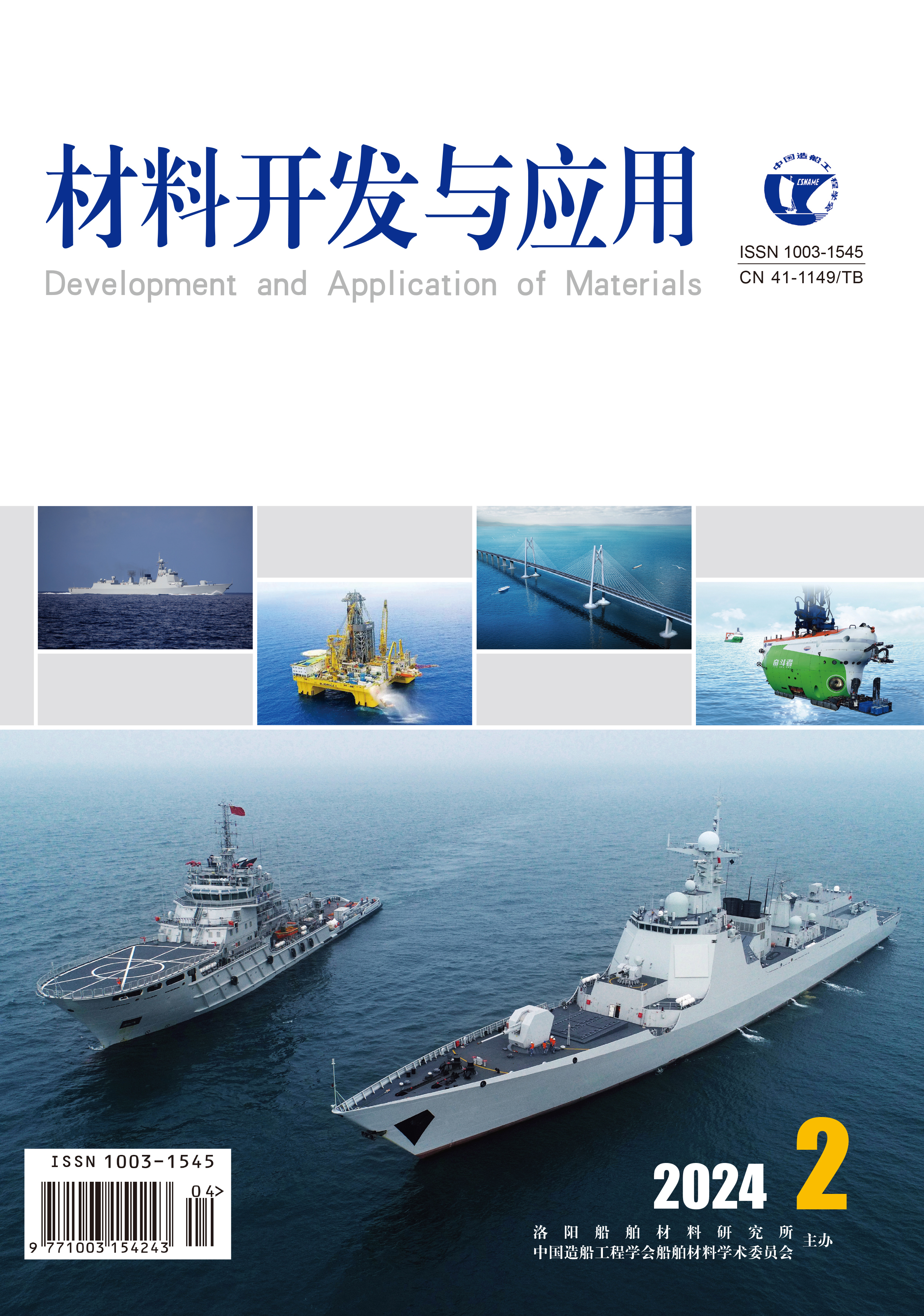2021 Vol. 36, No. 3
Display Method:
2021, 36(3): 1-6.
Abstract:
2021, 36(3): 7-11.
Abstract:
2021, 36(3): 12-18.
Abstract:
2021, 36(3): 19-24.
Abstract:
2021, 36(3): 25-29.
Abstract:
2021, 36(3): 30-35.
Abstract:
2021, 36(3): 36-41,61.
Abstract:
2021, 36(3): 42-45.
Abstract:
2021, 36(3): 46-49.
Abstract:
2021, 36(3): 50-57.
Abstract:
2021, 36(3): 58-61.
Abstract:
2021, 36(3): 62-66.
Abstract:
2021, 36(3): 67-73.
Abstract:
2021, 36(3): 74-77.
Abstract:
2021, 36(3): 78-85.
Abstract:
2021, 36(3): 86-94.
Abstract:
Research and Application of On-line Monitoring Technology of Offshore Wind Power Equipment Corrosion
2021, 36(3): 95-100.
Abstract:


